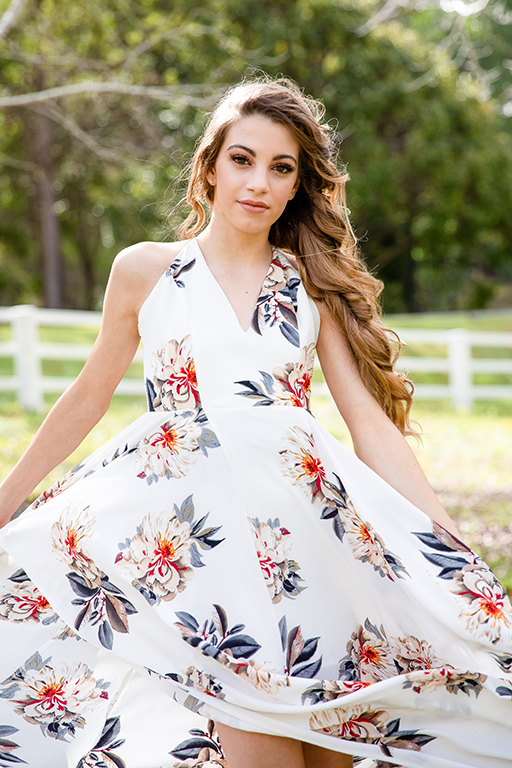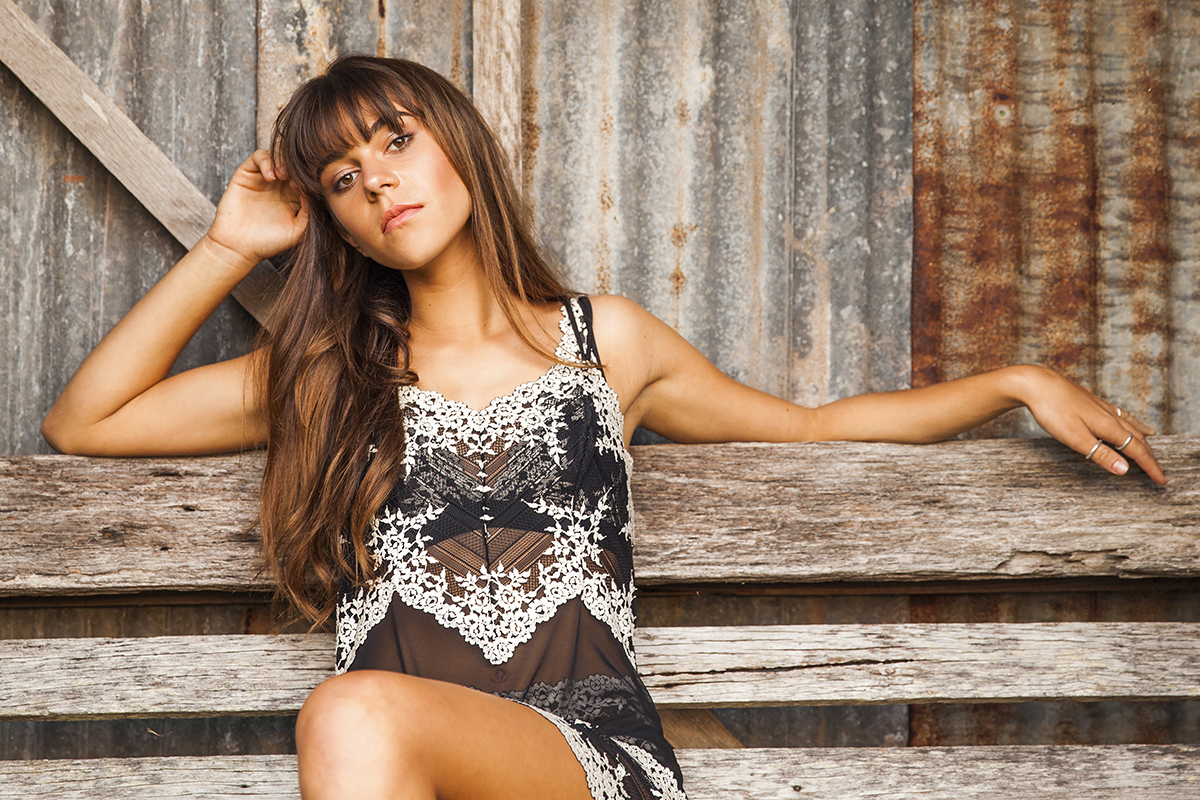The Novice's Overview to Product Photography
If a photo is worth a thousand words, a magnificent product image is worth a thousand internet site brows through. Although I do not have data to support that declaration (yet), product photography can be exceptionally beneficial to your ecommerce site approach.
To reach your target market participants who prefer purchasing online, you likewise require to offer your target market clear, eye-catching pictures of your products.
However product photography isn't as simple as directing and firing. Even the most standard products require the appropriate equipment, lights, and space to create gorgeous pictures that offer buyers right from the acquisition page.
6 Product Photography Tips (and Instances) for Taking Pictures That Sell
Below are the ideas, examples, and also materials you'll need to effectively photograph and also market your products in such a way that makes your site visitors and also potential customers wish to convert.
1. Do not hesitate to use your mobile phone's camera.
This is the part where I'm intended to encourage you to buy a premium, 50-megapixel (MP) cam with a 100-millimeter screw-on lens. But I'm not going to do that.
If you currently own a camera that fits this description, capitalize on it. But for many kinds of items, it's totally acceptable to fire product pictures on a smart device.
Newer smart devices boast effective camera lenses and setups that allow you to maximize your shots for the various types of light and also atmospheres you might fire in.
If you need extra convincing, just take a look at Apple's Shot On An iPhone project and also the photos that have arised from it over the years such as this:
2. Shoot from a tripod for photo uniformity.
Prior to clarifying tripods, I'm bound to begin with a cardinal guideline: Don't prop your phone versus something sturdy to intend your lens toward the topic.
It's just as well very easy for this makeshift arrangement to slide about throughout the shoot and also trigger variances in your images' appearance. If you relax your camera on, claim, a pile of publications, just be sure this arrangement doesn't change over the course of the shoot.
There's no harm in holding your electronic camera on your own when shooting simply a few product pictures for your ecommerce internet site. Yet as your organization grows, and also you take more images of more products, it can be hard to systematize the product's positioning in each photo when shooting portable.
To make certain consistency throughout your items, you'll need a tripod. As well as fortunately, getting one isn't constantly the big, industrial-sized investment it used to be.
Here are 2 types of tripods to take into consideration.
Typical vs. Flexible
This is a tradition tripod-- there are typical tripods readily available for both electronic cameras and also mobile phones.
A versatile tripod can be adjusted in a variety of means. You can bend its legs and also put it on different surface areas to get the angle you require.
Mobile Grip
There's usually a screw on the top of your tripod which affixes to your electronic camera to hold it in position. The bottom of many professional-grade cameras has a screw opening just for this function, yet smart devices can utilize the complying with adapter:

The adapter grasps the sides of your mobile phone and also can screw right into either sort of tripod, permitting you to operate the electronic camera controls with the phone screen facing exterior and also towards you.
Once you establish which install you'll need, establish it up in front of your product, and think about putting 3 pieces of tape on the ground to mark where you would love to keep each leg of your tripod throughout the shoot.
3. Pick natural light or synthetic light.
Never ever undervalue just how specific sorts of light can boost (or impede) your product photography. Keep in mind, purchasers obtain the very best look at an product face to face, where they can see whatever they require to prior to purchasing. The appropriate lights arrangement assists you disclose those important decision-making product attributes when all web site site visitors have to go on is a photo.
A single illumination arrangement might not benefit every product-- a lights setup that works for some products may deteriorate the look of others.
There are 2 kinds of light you can choose as your main source of light: natural and artificial light.
Natural Light
Natural light refers to sunshine-- simple as that. It's additionally called "soft light" since the sunlight casts a larger, softer series of light than, claim, a lamp shining straight on the product. Ecommerce product shots flourish in all-natural light if:
The product is shot outside or implied to be used outside.
The product is utilized by, worn on, or shot with a person (people have a tendency to look far better in natural light).You're trying to stress the product's surroundings, as opposed to details features of the product.
Here's an instance of a shot using all-natural light:

Man-made Light
Man-made light consists of candle lights, fire, and a lot more commonly, light bulbs. It's likewise referred to as "hard light" due to the fact that it produces a smaller but more focused light surface area. This kind of light accommodates products with physical details that need to be highlighted to thrill an on-line buyer.
As a basic guideline, adhere to simply one type of light per photo-- natural or fabricated. Including all-natural light to an artificially lit photo can soften a product that's suggested to look sharp, as well as including artificial light to a naturally lit photo can sharpen a product that's implied to look soft. You don't want to get in your very own way.
4. Fill up or jump your light to soften shadows.
Whether you utilize natural light or artificial light, you'll need to reduce the shadows that any prospective tough light casts on the opposite end of a product.
There are three methods to do this:
Fill Light
Include one more, less-intense light source to supplement your major light. This added light is called your fill light as well as is made use of as a counterbalance to soften the natural darkness your main light generates behind an item.
To do this, position your fill light opposite your major light so your product rests between both light sources.
Flashbulb Bounce Card
A bounce card, or reflector card, is a small card that "reflects" or " jumps" the main light back onto the surface Influencer Photography area underneath your product to lower shadows.
Some bounce cards attach to the flashbulb of a expert camera lens to diffuse the light from the cam's flash. This card sprays a softer light onto the topic from above your set-- instead of straight at it-- so you do not have long darkness trail behind the things you're shooting.
Standalone Bounce Card
If you're shooting from a mobile phone, a flashbulb bounce card isn't an option, given that you don't have a physical flash you can attach it to. Instead, make your own standalone bounce card placed opposite your primary source of light.

For novices to product photography, this bounce card can efficiently replace your fill light, which counters the difficult light from the camera flash or lamp that's facing toward the front of your product.
5. Utilize a sweep or portrait setting to highlight the product.
There isn't one best method to position your product, lights, and bounce cards-- they can alter significantly depending on your background. But don't pick a history based upon what's simplest to produce. Histories ought to resemble just how you want your purchasers to view your product when viewing it online.
Take into consideration first whether you would certainly like a white history or a much more vibrant, real-world background. There's an very easy means to accomplish every one.
White Background: Sweep
For white backgrounds, it's not as basic as setting up a table versus white drywall. Even mobile phone electronic cameras can pick up little blemishes on a white wall that you wouldn't see with the nude eye. To catch a perfect white history without any corners or imperfections, utilize a sweep.
A sweep is a huge bendable sheet of paper, whose lower function as the surface below your product and afterwards curves up into a white wall behind the product.
On video camera, the sweep's curve is unseen, stressing vital product information as well as allowing the thing to have every one of a site visitor's interest.
Real-World Background: Picture Setting
Dynamic, real-world backgrounds are really appealing when shooting items that have a particular usage or are being designed by a person-- as you saw aware of the brief-case previously in this overview.
Yet, it's easy for a real-world background to swipe the focus of the photo, making it vague which thing in the photo you're really marketing.
Offer your product deepness and also emphasis with portrait mode, a image setting on most professional cams, as well as likewise available on several brand-new smartphones. This setup blurs the background so the context of the product is clear however not contending versus the product itself.
Below is a incredibly amazing photo of a HubSpot pen absorbed portrait setting on a Google Pixel 2 (I took this picture myself). You can inform the pen sits on a workdesk with a computer behind it, yet the pen is still the centerpiece for visitors:
6. Shoot a selection of images.
My last ecommerce photography tip to you is to not stop at one photo per product. Just as your customers look, hold, make use of, as well as even try on merchandise in a store, your web site ought to shoot a range of photos to mimic this really experience.
If you're firing clothes, for example, capture the garment of apparel alone-- that is, spread out on a white surface area-- Click to find out more along with on a mannequin whose shade contrasts the shade of the product.
After that, for added pictures, have the clothing modeled on a person, permitting you to take images of the product from the individual's different positions and also angles.
Product Photography Set-Up
Next, allow's summarize what we simply received-- below's a listing of fast product photography set up ideas that you can describe and also share on your team:
• Select a camera-- whether or not that indicates using your mobile phone.
• Obtain a tripod that benefits your video camera of option.• Select natural or artificial lighting-- think about which alternative is best for your product as well as atmosphere.
• Determine whether you'll load or bounce light.
• Select sweep or picture mode.
• Take numerous various photos to supply your visitors variety.
Get Started With Your Product Photography
Do not really feel required to buy every idea and piece of equipment at the same time. Apply these product photography suggestions slowly to see what makes your shop look the most presentable, and change your technique as your photography chops get better.